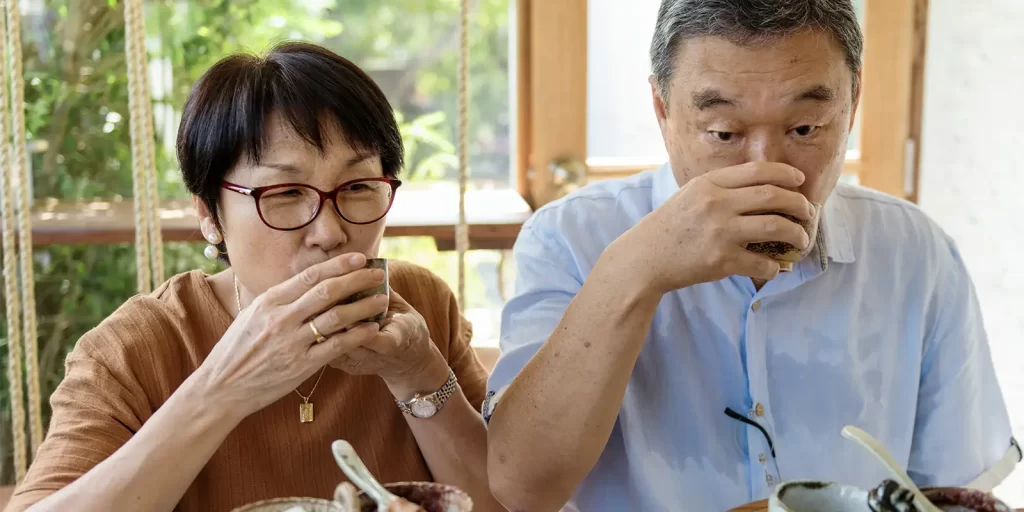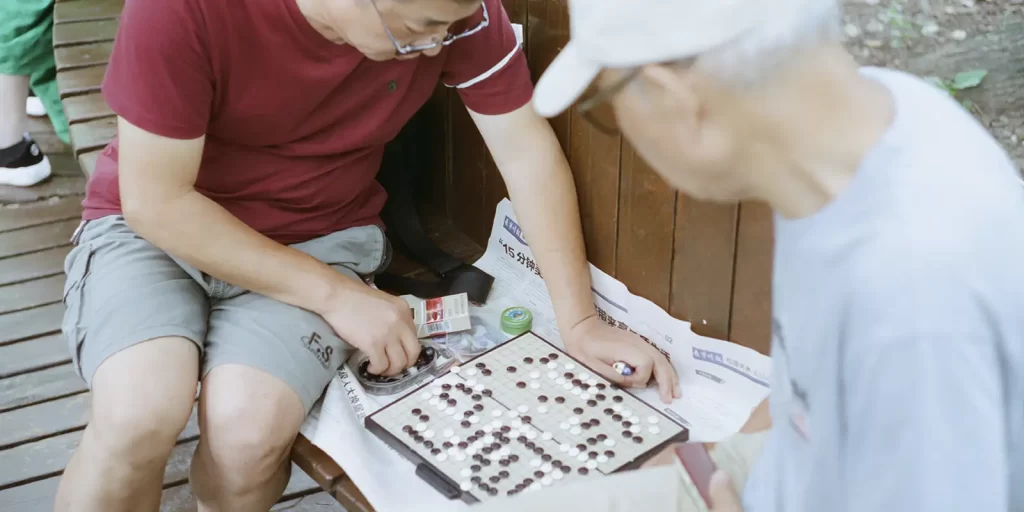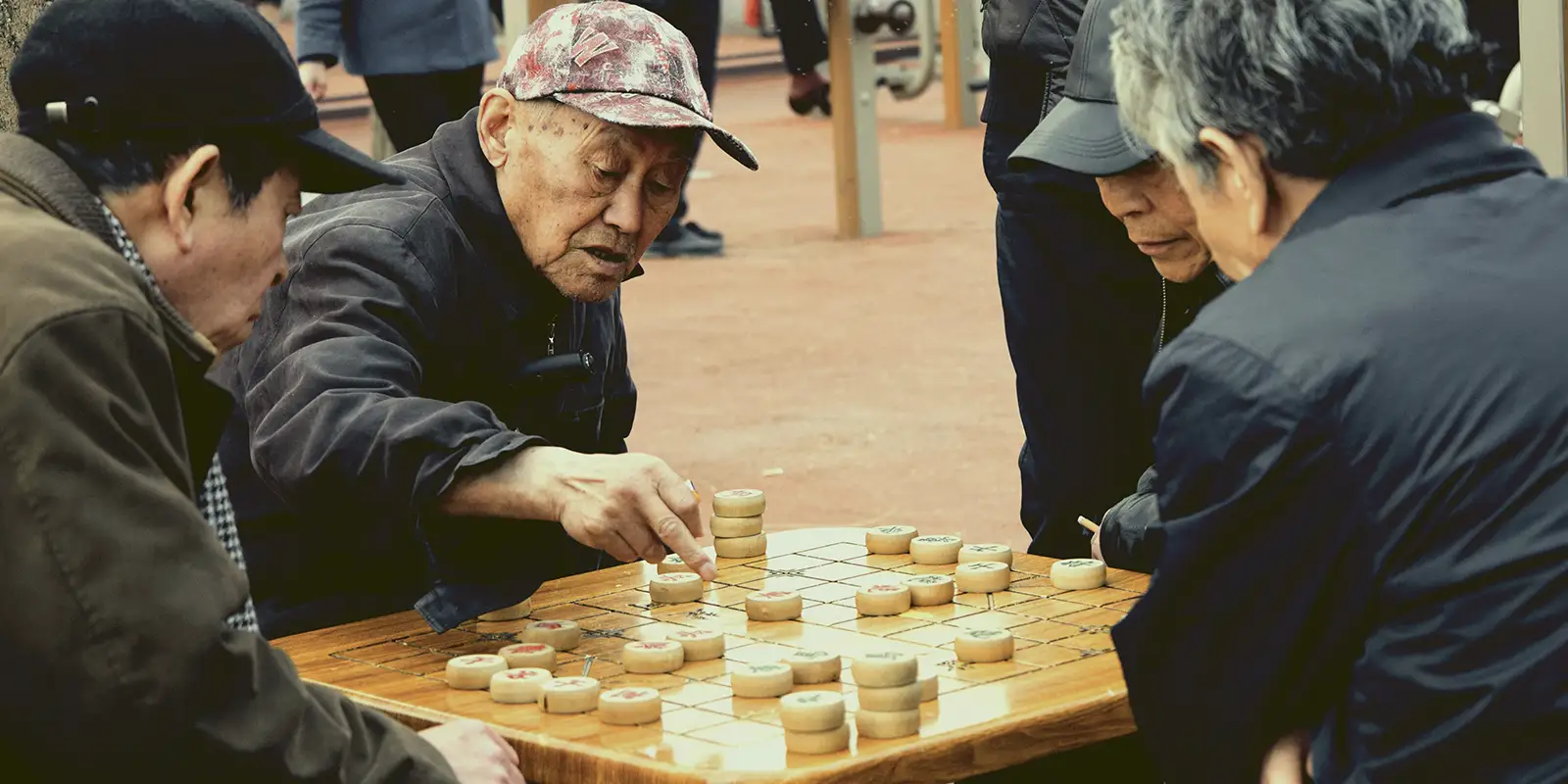Japan has once again set a demographic milestone: according to the Ministry of Health, Labour and Welfare, 99,763 people are now aged 100 or older, an increase of 4,644 compared to last year. The announcement came just ahead of Respect for the Aged Day, celebrated every September 15, and confirms a trend that has continued for 55 consecutive years.
The gender gap is striking: 88% of centenarians are women (87,784 compared to 11,979 men). This not only reflects biological differences in life expectancy but also cultural and social factors that contribute to women’s longer lives in Japan.
Lives that Inspire: Longevity with Purpose

Among the most notable figures is Shigeko Kagawa, aged 114, the oldest living person in Japan and the sixth oldest worldwide. Living in Nara, Kagawa worked as a gynecologist well into her 80s and attributes her vitality to staying physically active, particularly long walks. Another example is Kiyotaka Mizuno, a 111-year-old man recognized as the country’s oldest male.
There are also unique stories like Shitsui Hakoi, awarded a Guinness World Record as the world’s oldest barber at 108 years old—an illustration of how many Japanese seniors remain engaged in productive and social activities well beyond what is typical elsewhere.
A Growing Trend in Numbers
The rise in centenarians has been steady and remarkable. In 1963, Japan had only 153 people over 100. By 1981, the figure surpassed 1,000, and by 1998 it had reached 10,000. Today, the number is approaching 100,000, which equates to 80.58 centenarians per 100,000 inhabitants. The prefecture of Shimane leads the way with 168.69 centenarians per 100,000 people.
Japan also boasts one of the world’s highest life expectancies: 87.13 years for women and 81.09 for men. Experts attribute this longevity to a combination of factors, including:
- Advances in medicine and healthcare access.
- A balanced diet, low in red meat and saturated fats, and rich in fish, vegetables, and green tea.
- Low obesity rates.
- Cultural habits that encourage daily exercise, such as Radio Taiso, a group fitness routine broadcast since 1928 on radio and television.
The Other Side of the Record: A Demographic Challenge

Behind the celebration lies a serious concern: Japan faces a sharp decline in population. In 2024 alone, the country lost more than 900,000 residents, the steepest drop ever recorded. This demographic imbalance presents several challenges:
- Rising healthcare and social welfare costs.
- A shrinking labor force to support the aging population.
- Mounting pressure on pension systems.
Prime Minister Shigeru Ishiba has called the situation a “silent emergency” and proposed measures such as free childcare and more flexible work schedules to encourage higher birth rates. So far, however, results remain limited.
Reflection: What Explains Japanese Longevity?
Japan’s case is unique, combining tradition, culture, and science. A light diet, an emphasis on daily physical activity, and strong community ties all contribute to a longer and healthier life. Just as important, the cultural respect for the elderly provides them with a sense of purpose and belonging well into advanced age.
Yet, mass longevity also forces Japan to rethink its economic and social structures. The country stands as both an inspiration—showing how to live longer, healthier lives—and a warning, highlighting the risks of an aging society without enough younger generations to sustain it.








































Leave a Reply